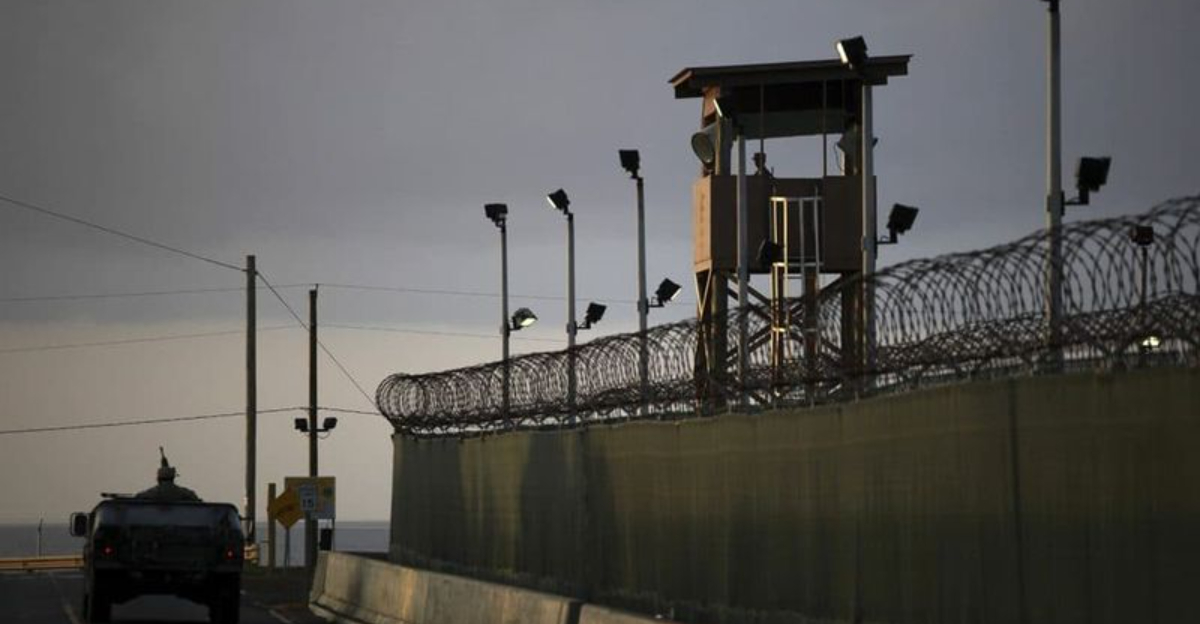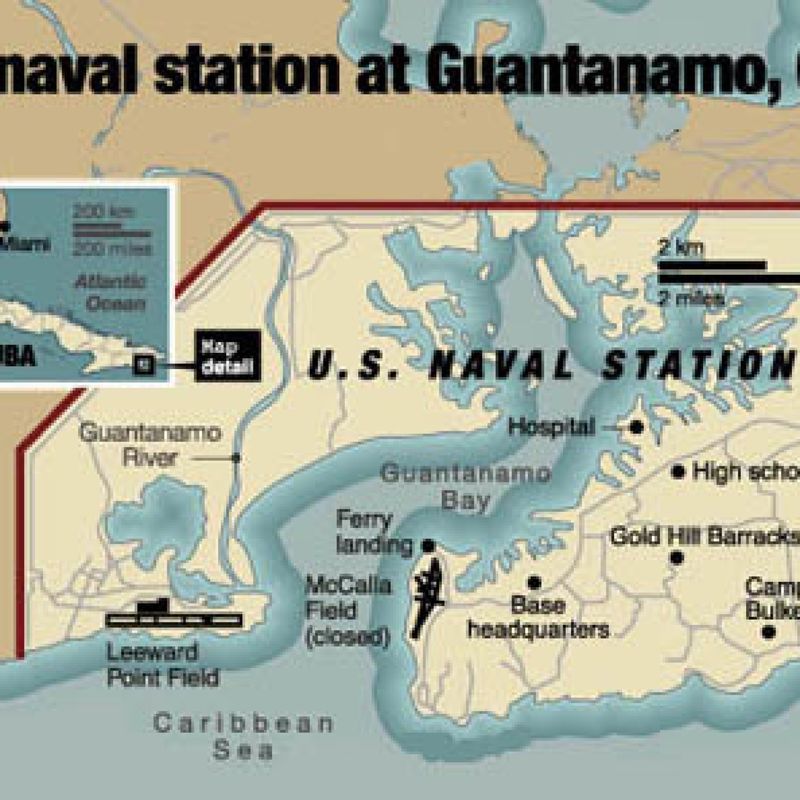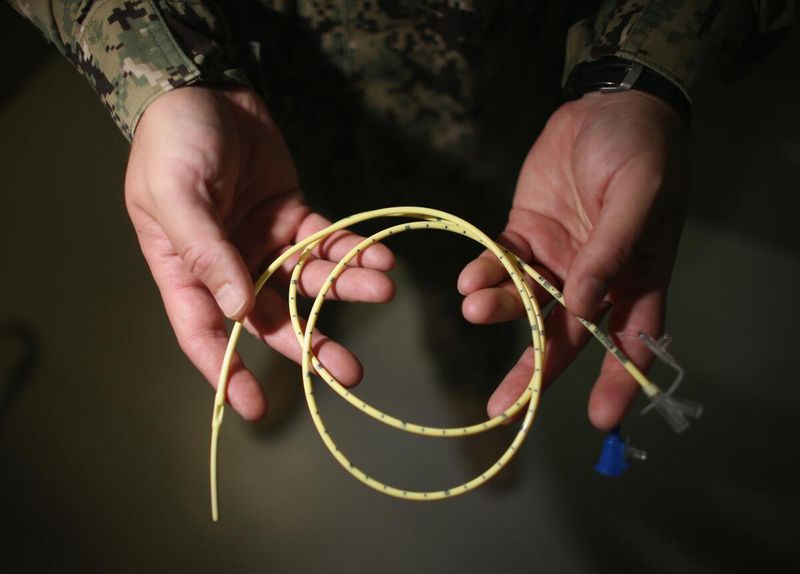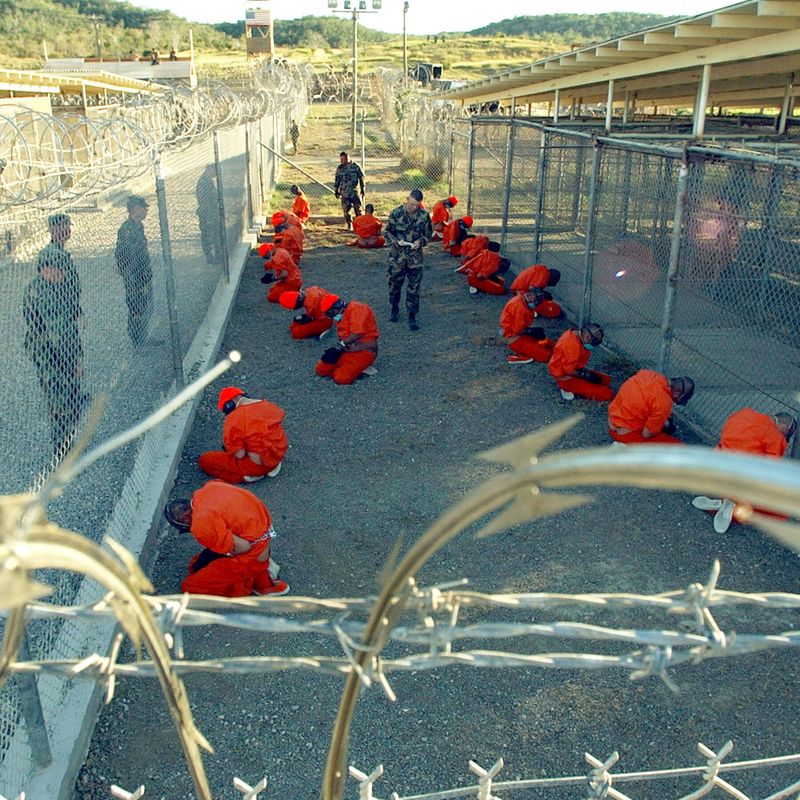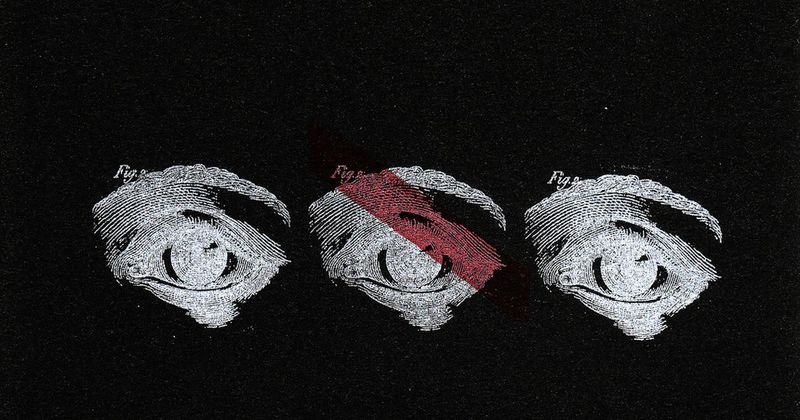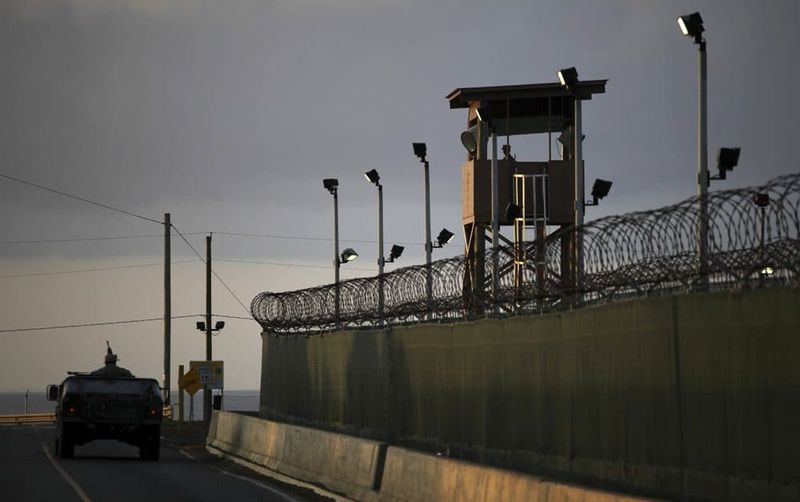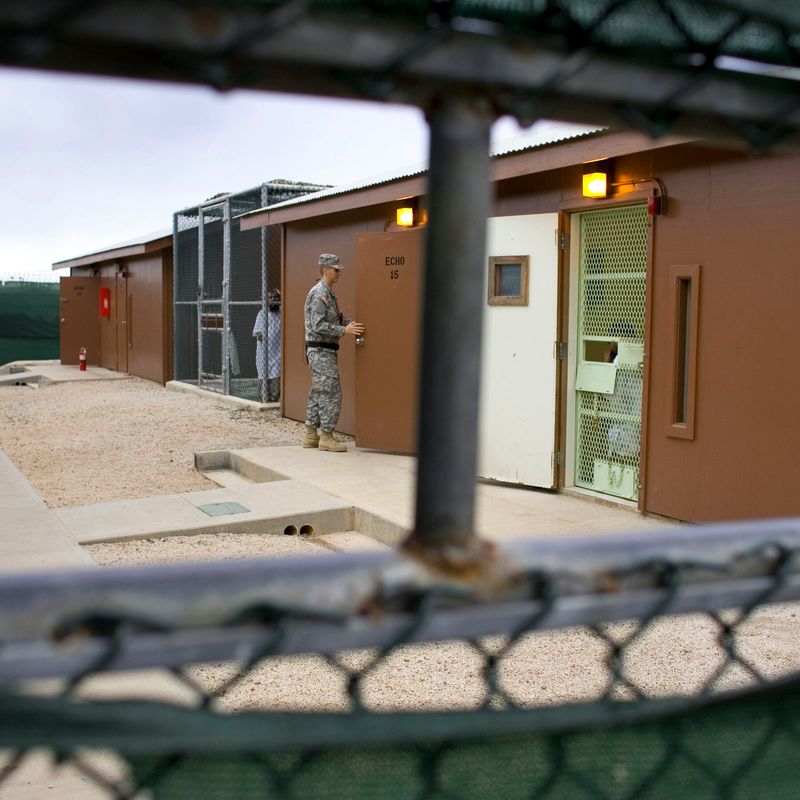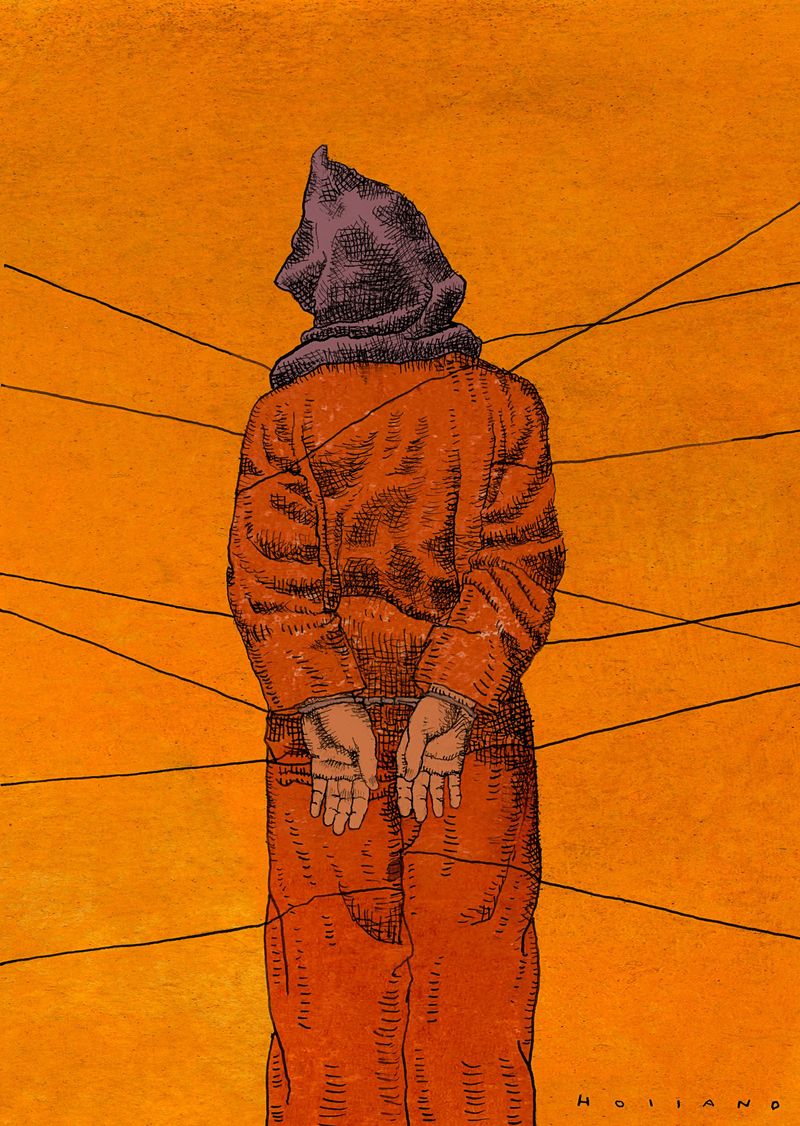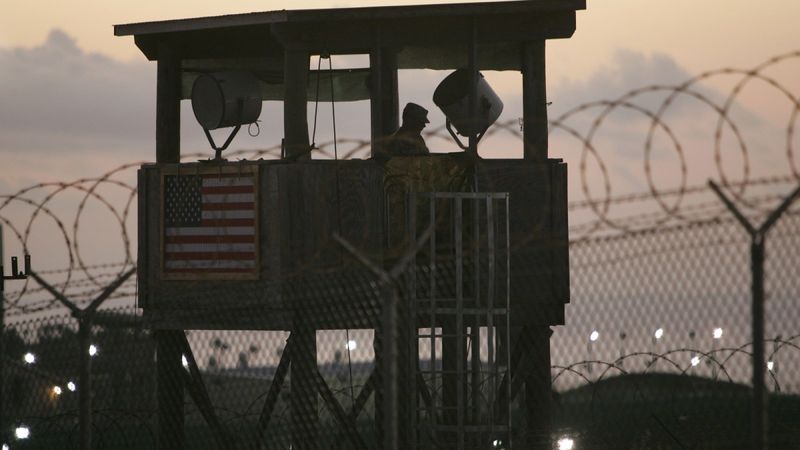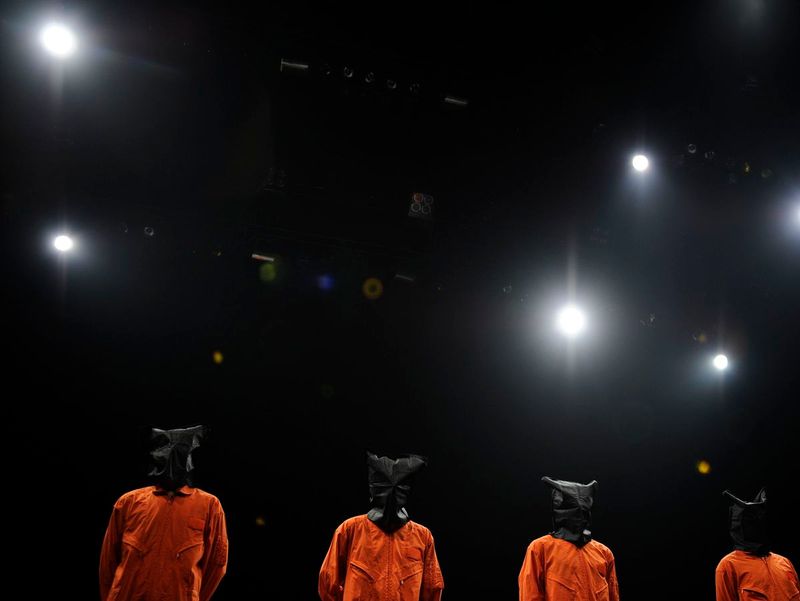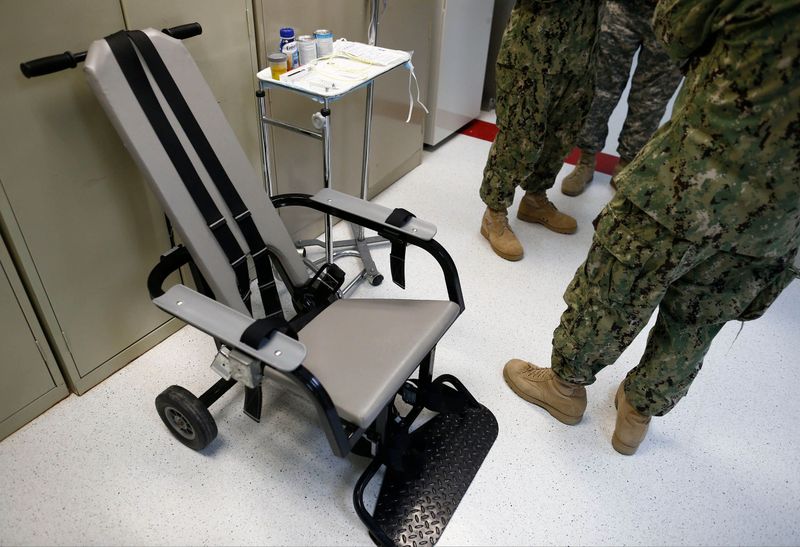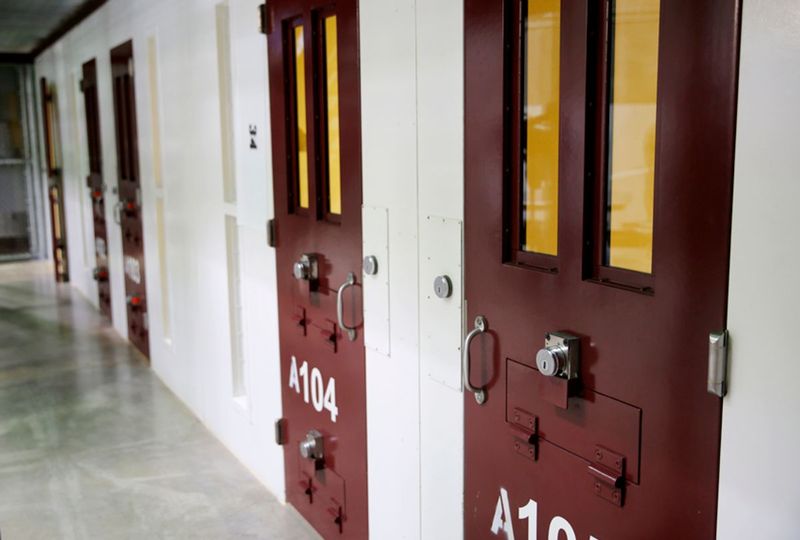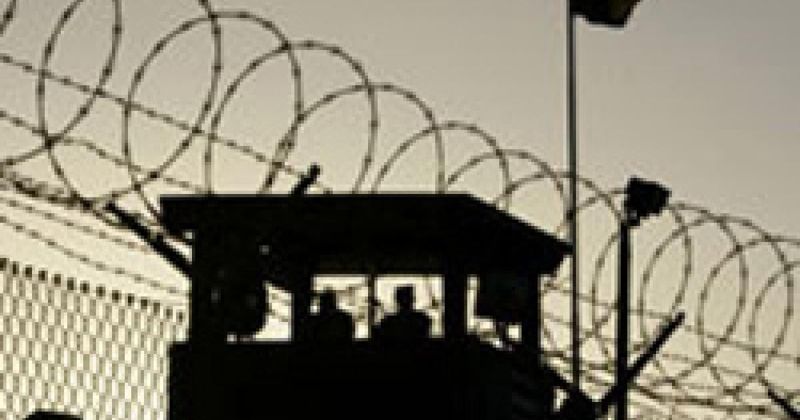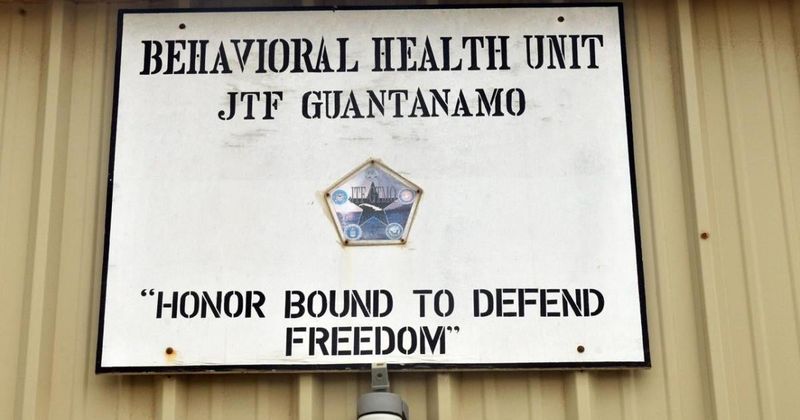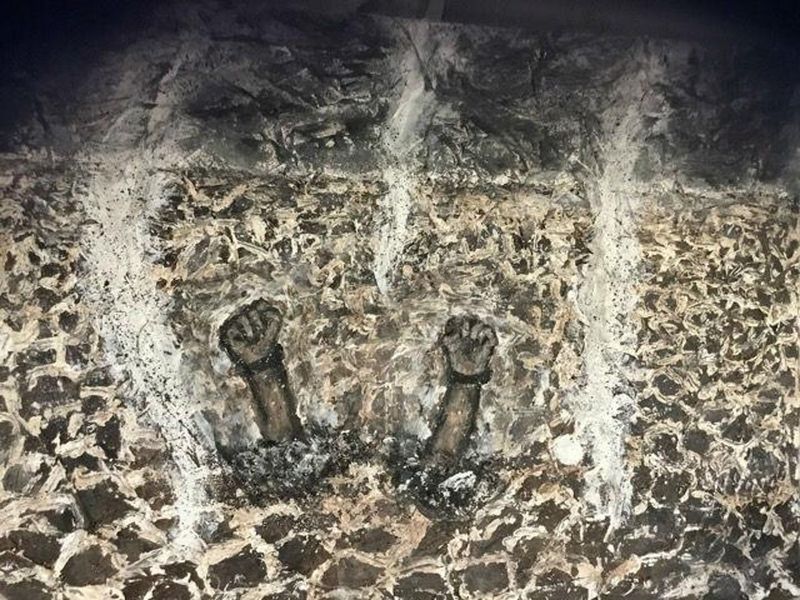Guantánamo Bay detention camp has been one of America’s most controversial military facilities since it opened in 2002.
Located on Cuban soil but under U.S. control, this prison has sparked fierce debates about human rights, legal gray areas, and national security.
What happens behind those heavily guarded fences has shocked many people worldwide.
1. Never Officially Part of the United States
The U.S. has maintained control of Guantánamo Bay since 1903 through a lease agreement with Cuba. This unusual arrangement creates a legal loophole where the base exists on foreign soil but under American jurisdiction. Cuba has protested this arrangement for decades and refuses to cash the annual $4,085 rent check that the U.S. government sends. The peculiar status helped the government justify holding detainees without typical constitutional protections.
2. Force-Feeding Through the Nose
Hunger strikes became a common form of protest among detainees. Military personnel responded by force-feeding prisoners through tubes inserted into their nostrils and down to their stomachs, often while strapped to chairs. Medical organizations worldwide condemned this practice as cruel and unethical. Some detainees endured twice-daily feedings for years. The painful procedure involves lubricated tubes pushed through nasal passages, causing bleeding, vomiting, and extreme discomfort.
3. Orange Jumpsuits Became Iconic
The bright orange uniforms worn by detainees became a powerful global symbol of post-9/11 detention policies. Initially chosen for high visibility against the landscape, they evolved into a recognizable icon of controversial detention. Later, when ISIS forced their captives to wear similar orange jumpsuits in propaganda videos, they deliberately referenced Guantánamo imagery. The uniform color scheme was eventually changed as officials recognized its problematic symbolic weight in international media.
4. Sleep Deprivation Tactics
Guards created what they called the “frequent flyer program” – moving detainees between cells every few hours to prevent sleep. This disorientation technique continued for days or weeks at a time. The CIA’s declassified torture report revealed detainees were kept awake for up to 180 hours straight. Some cells were kept freezing cold while loud music blasted continuously. The program’s existence was initially denied but later confirmed through military documents and testimonies.
5. Most Expensive Prison on Earth
Housing a single prisoner at Guantánamo costs American taxpayers approximately $13 million per year. This astronomical figure dwarfs the $78,000 average annual cost for maximum-security inmates in the United States. The remote location requires flying in all supplies and rotating military personnel. By 2019, with only 40 prisoners remaining, the facility’s annual operating budget reached over $540 million, making it the most expensive detention operation in world history.
6. Secret CIA Black Site
Within Guantánamo existed a classified facility nicknamed “Strawberry Fields” because detainees would supposedly be there “forever.” This CIA-operated black site housed high-value detainees completely off the books. The secret prison-within-a-prison wasn’t acknowledged until years later. Even Red Cross inspectors were kept unaware of its existence. Detainees held there faced enhanced interrogation techniques that wouldn’t be documented in official military records, creating a zone of complete legal invisibility.
7. Children Among the Detained
At least 22 juveniles under age 18 were held at Guantánamo, with the youngest being just 13 years old. These minors received no special treatment or educational opportunities despite international laws protecting child prisoners. Omar Khadr, captured at 15, became the facility’s most famous child detainee. He remained imprisoned for a decade before being transferred to Canada. Many child detainees reported being subjected to the same harsh interrogation techniques as adults, violating UN Convention on the Rights of the Child.
8. Religious Text Mishandling Scandals
Guards allegedly desecrated Qurans to psychologically pressure detainees, including flushing pages down toilets. When these incidents became public in 2005, deadly riots erupted across multiple countries, resulting in at least 15 deaths. The military initially denied these claims before changing procedures. New protocols required gloves when handling religious texts and prevented non-Muslims from touching Qurans. Former interrogators later confirmed that religious disrespect was deliberately used as an interrogation tactic to break detainees psychologically.
9. Suicide as “Asymmetric Warfare”
When three detainees died by suicide in 2006, the camp commander called it “an act of asymmetric warfare waged against us.” This shocking statement framed even self-harm as a weapon rather than desperation. Former guards later questioned the official suicide narrative. Staff Sergeant Joseph Hickman published a book suggesting the men may have died during interrogations. The military has maintained its suicide ruling despite inconsistencies in the official timeline and forensic questions raised by independent investigators.
10. Sensory Overload Torture
Detainees endured bombardment with deafening music for hours or days. Songs like Metallica’s “Enter Sandman” and Barney the dinosaur’s “I Love You” played at painful volumes, causing psychological breakdown. Bright lights, temperature extremes, and stress positions accompanied the sonic assault. One prisoner described how guards blasted the same Eminem song for 20 days straight. The CIA’s own documents revealed these techniques were designed to create “learned helplessness” by destroying detainees’ ability to resist through sensory manipulation.
11. Special Restraint Chairs
Custom-designed restraint devices nicknamed “Emergency Restraint Chairs” became notorious tools at the facility. Manufacturers marketed them as medical safety equipment, but their primary use was immobilizing detainees for force-feeding. Prisoners could be strapped into these chairs for hours, causing circulation problems and extreme discomfort. Military logs documented cases of detainees being left fully restrained for two hours after feeding procedures finished, exceeding medical guidelines. Some guards called them “torture chairs” in private communications.
12. Monitored Attorney-Client Meetings
Lawyers discovered hidden microphones disguised as smoke detectors in meeting rooms where they consulted with detainees. This revelation undermined the fundamental legal principle of attorney-client privilege. Military officials initially denied surveillance before admitting to “listening capability.” Some defense attorneys found their legal documents had been searched and confidential files accessed. This monitoring created an impossible situation where detainees couldn’t speak freely even with their own lawyers, effectively crippling their legal defense options.
13. 86% Released Without Charges
Of approximately 780 people detained at Guantánamo since 2002, only about 8% were ever charged with crimes. A stunning 86% were eventually released without facing any formal charges at all. Many detainees were held based on flimsy evidence or bounty payments. The Bush administration initially called them “the worst of the worst,” but internal assessments revealed many had no meaningful connection to terrorism. Some men spent over a decade in detention before being cleared and released without apology or compensation.
14. Medical Professionals Assisted Interrogations
Doctors and psychologists participated in designing and monitoring torture sessions, violating core medical ethics principles. These healthcare providers helped calibrate techniques to maximize psychological impact without leaving evidence. The American Psychological Association later banned members from participating in such interrogations. Military medical personnel monitored vital signs during waterboarding to prevent death while allowing the torture to continue. Some medical staff refused orders and became whistleblowers, reporting that medical information was routinely shared with interrogators.
15. Art Created by Detainees Classified
Prisoners created hundreds of artworks while detained, from landscapes to still lifes, using limited materials under strict supervision. When an exhibition of this art gained public attention in 2017, the Pentagon declared all detainee artwork government property. Officials threatened to burn existing art and banned any new pieces from leaving the facility. Some detainees had previously been permitted to give artwork to their lawyers or families. The military justified the crackdown by claiming art might contain coded messages, though no evidence supported this theory.
